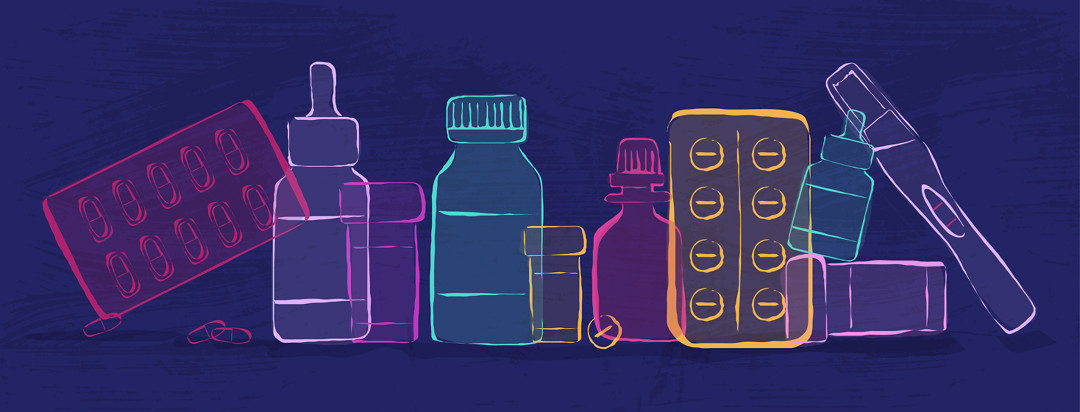Treatments Offered To Help Manage Endometriosis
Having endometriosis means not having very many treatment options. Doctors just don’t know much about it, leaving us to have to make some hard decisions. What makes it even more hard is that not every treatment works the same for everyone. Everybody and their endometriosis case is different.
So, what treatment options are out there? Well firstly, remember, endometriosis has no cure. So, many of these treatments are used to help maintain pain and symptoms. Of course, in reality, this is not always the case.
It is important that you understand this article is not to promote these treatments or discourage you from them. These are the options we, as sufferers have, right now. You are the only one that can decide what will work best for you and your body. Every case is different. What works for me may not work for you, and vice versa. Do your research and talk to your doctor. If your doctor is not listening or willing to do what you want, try to find a second opinion. This is your fight. Do NOT give up on it.
Lupron
Lupron is an injection that can be given every three months or once every month. It is supposed to help suppress hormones, that cause the endometrial tissues to grow. Some women have found it helpful, while others suffered from many of the side effects. Side effects can include loss of bone density, hot flashes, upset stomach, and bowel issues, just to name a few. When I found out Lupron was used to treat those with prostate cancer, I knew between that and the side effects, this treatment wasn’t for me.
Orilissa
This is an oral pill and is a newer treatment doctors have been recommending. It can be given in different doses and is suppose to help painful periods, sex, and pelvic pain. Sadly, according to many, the side effects are just as severe as Lupron.
Birth control methods
The pill is something I have been on for years, and do not find it to be managing my endometriosis symptoms. There are so many kinds out there, though that it all depends on the person and what works best for them. Some may find that progestin only pills may work better, while others may do better on a combined estrogen-progestin pill. Some may also find IUD’s (a small, flexible T-shaped device that is placed in the uterus) works well for them.
Pelvic floor therapy
This type of therapy helps relax and strengthen muscles of the lower pelvis. Pelvic pain is a common symptom with endometriosis, so many find this type of therapy to be helpful. This can also be helpful for those that experience pain with sex.
Hysterectomy
This is a tough one, for many. A lot of doctors are quick to suggest this as a treatment. Unfortunately, a hysterectomy is not a cure for endometriosis. For some, they do find relief and are able to get their life back. For others, their symptoms come back within a few months or years. The reason symptoms can come back is because endometriosis can be found elsewhere, not just on the uterus. So, all though they may remove your uterus, it does not mean endo isn’t hiding out on your other organs. It can also be hard on those that want to become pregnant. Most times, women are told they will not be able to conceive due to their endometriosis. So, this may seem to be the best option treatment-wise. But please keep in mind, many women with endometriosis have indeed become pregnant.
Pregnancy
Yes, you are reading this right. Doctors try to use pregnancy as a treatment. Some women, while pregnant, may not experience any endo pain, or for months after giving birth. Using pregnancy as a treatment is most definitely something I do not agree with.
Laparoscopic surgery
Most of you know, endometriosis cannot be officially diagnosed without surgery. But surgery is also used as a treatment method to help maintain symptoms. You may hear these two terms when it comes to surgery; ablation or excision. You can read about them here.
At-home remedies
Change of diet, over-the-counter meds, exercise (yoga and walking), CBD oil, essential oils, heating pad, or a TENS unit are a few natural ways I manage my pain and other symptoms at home.

Join the conversation